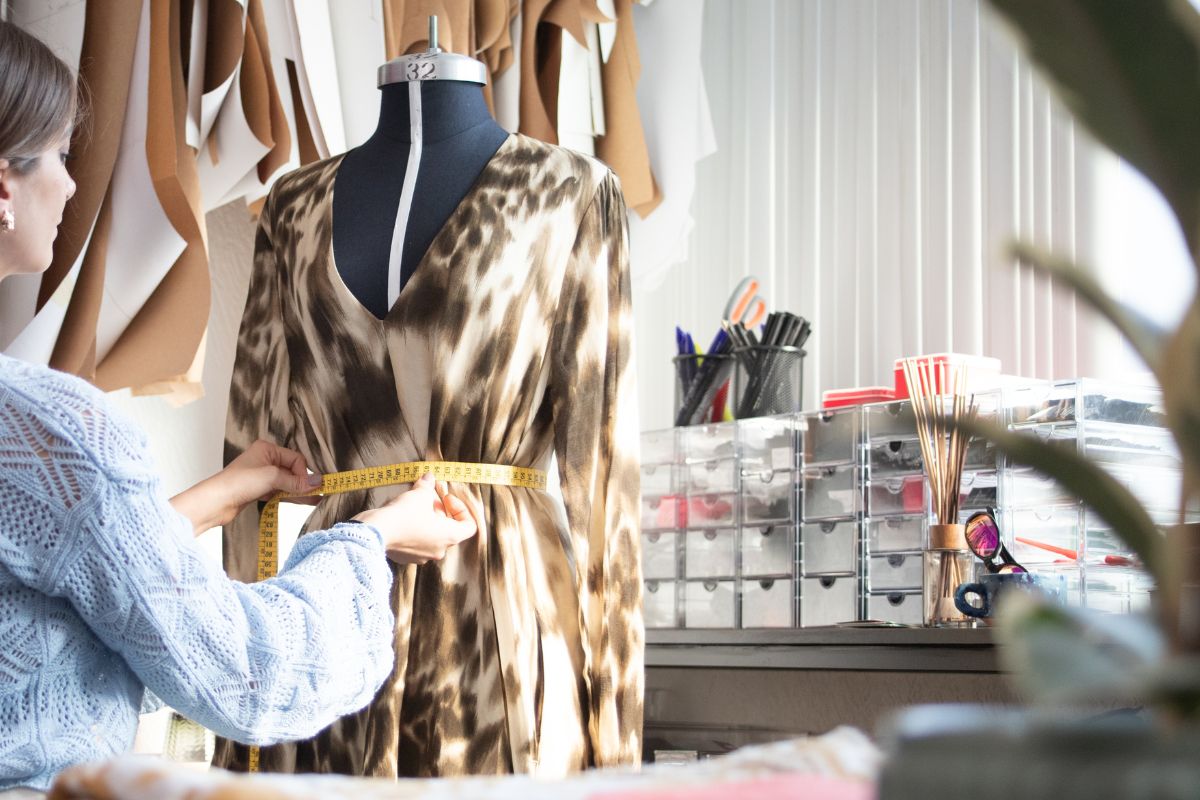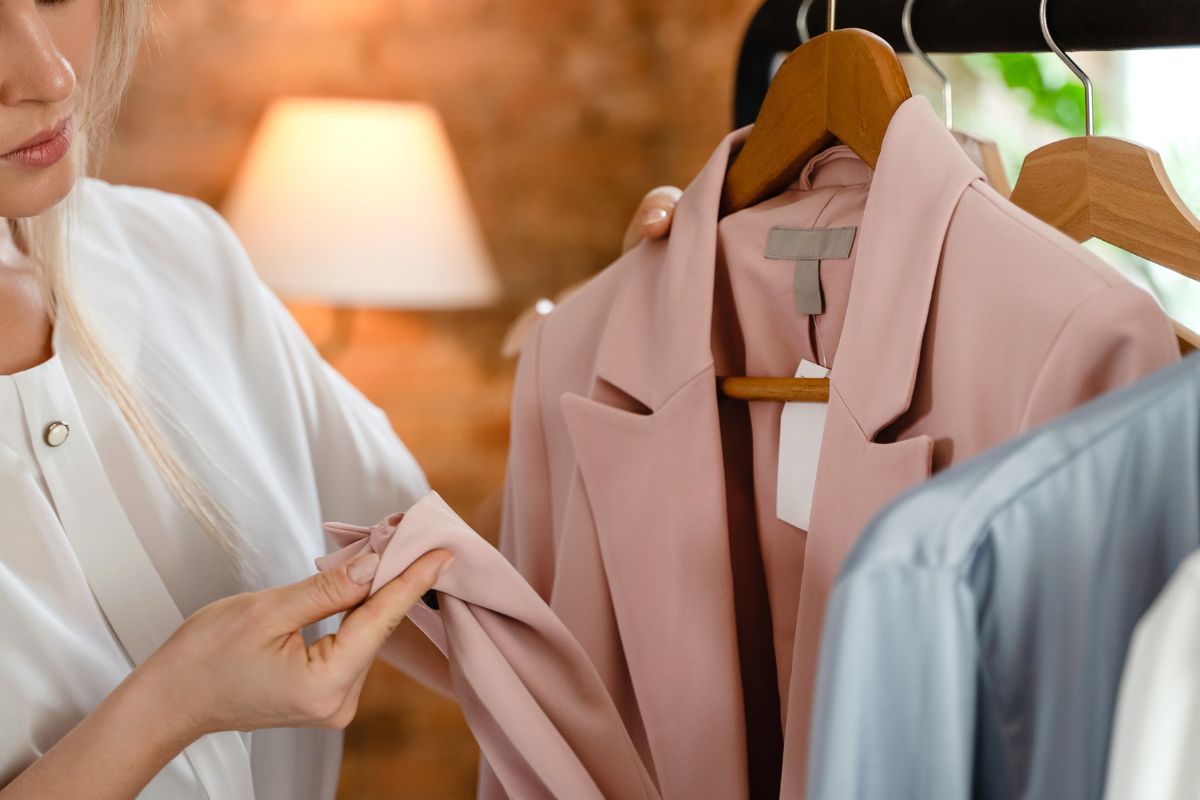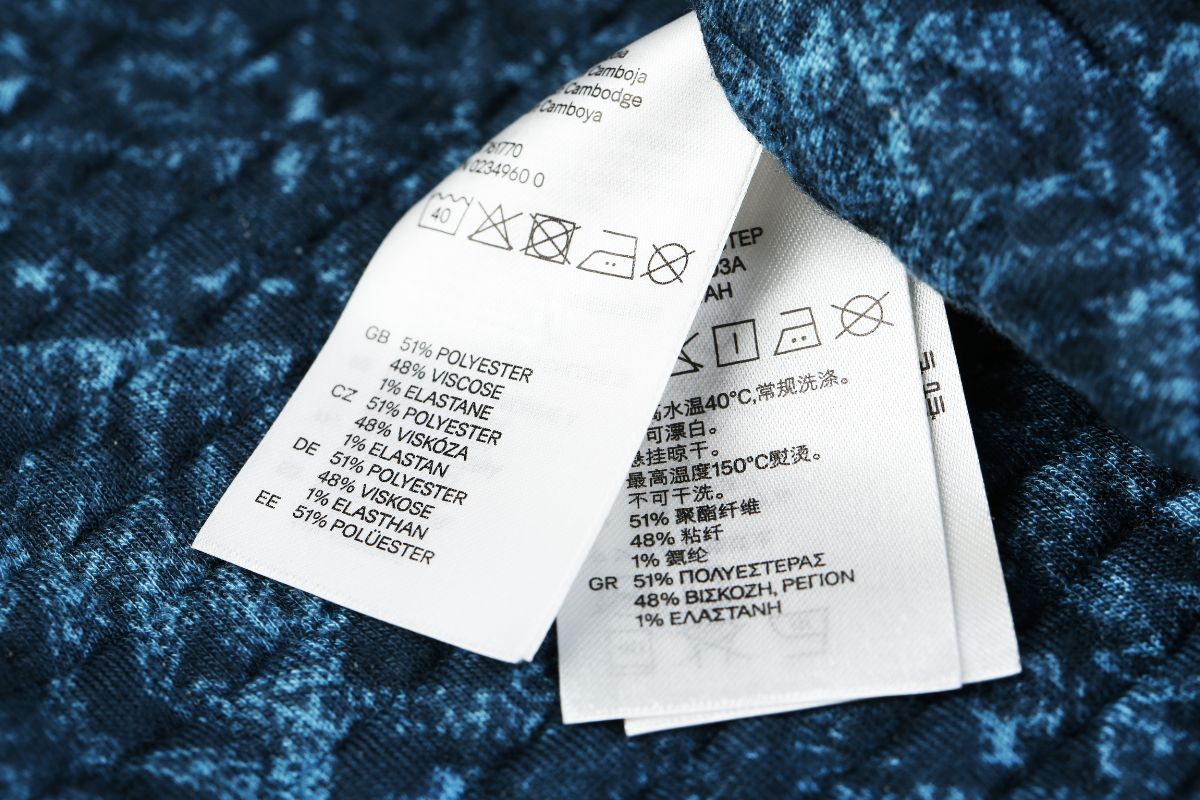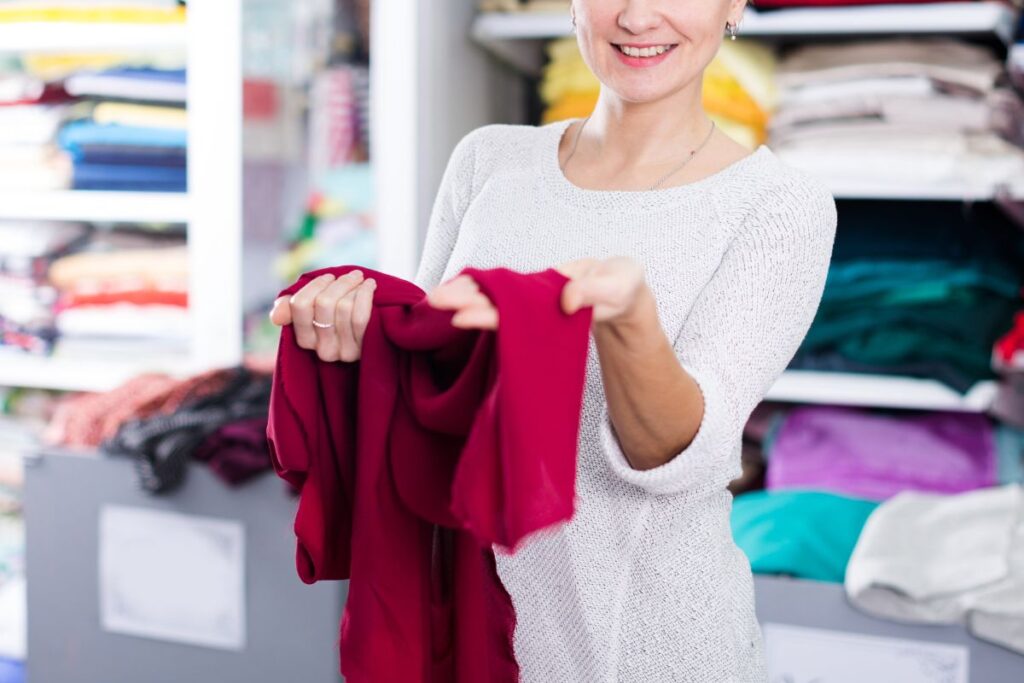Many garment brands face challenges with outsourced manufacturing, defects, late deliveries, or ethical lapses that can lead to costly recalls and damaged trust. Capital World Group (CWG) addresses this pain point as a Vietnam-based ladies’ wear manufacturer with fully integrated production. By implementing robust QC procedures at every stage, from fabric sourcing to final packaging, CWG ensures each garment meets spec and global standards.
Why are quality check procedures important in garment manufacturing?
A single quality slip in fashion manufacturing can damage a brand’s reputation and cause costly delays. That’s why quality check procedures are a strategic safeguard.
- Ensure products meet specifications: Thorough inspections verify garments match the original design and technical specs.
- Verify measurement, fit, and appearance: Inspectors confirm size, color, shape and quality, measuring dimensions and checking colors for accuracy.
- Reduce waste and cost: A garment’s quality procedure catches defects early, cutting rework and preventing wasted materials and labor.
- Save time and ensure on-time delivery: In-process QC prevents delays by fixing issues before production ends.
- Build trust and long-term relationships: Consistent quality strengthens client and customer confidence, fostering lasting partnerships.
Capital World Group’s standard QC procedures
As one of the leading women’s clothing manufacturers in Vietnam, CWG follows a multi-step garment quality control procedure checklist to guarantee quality at each production stage. The following garment factory quality control process covers key aspects, from raw materials to final shipment:
Material QC:
- Source inspections
Inspect incoming fabrics and trims. Conduct fabric lab tests and perform rub tests to check colorfastness. This ensures that the materials meet quality standards before production starts.Fabric sourcing
Verify material certifications (e.g., organic or recycled content) and collect test reports. You should ensure that each fabric roll complies with buyer content, weight and performance specs.
- Sample development QC
Create development samples that match all sizes and fit requirements. For example, when calculating how much fabrics is needed to make a jumpsuit, QC teams measure prototypes for correct measurements to confirm they comply with specified sizes and to have the correct amount of fabrics.
They also review stitching and construction details, securing pre-production approval. This step in the garment manufacturing process ensures any design issues are resolved before bulk production.

- Inline QC
Monitor the production line in real time. Inspect semi-finished garments during sewing to catch defects early. Quality staff perform in-process workmanship checks on seams, stitches, and assembly, so any issues are corrected immediately instead of at the end. This proactive inspection prevents defect accumulation.
- Endline QC
Perform a thorough final inspection of finished garments. This quality audit includes a final measurement check, visual examination and a metal needle detector scan to ensure no broken needles remain in garments (a crucial safety step).
Inspectors also conduct physical tests on a sample from each batch to identify any defects with accessories like zippers, snaps, buttons, or elastic. Any garment failing these checks is pulled out or reworked.

- Customer audits
CWG welcomes clients’ auditors for the facility’s social compliance or technical quality audit inspections. Many of CWG’s buyers conduct on-site checks, which the factory accommodates to give brands extra assurance.
- Label verification
Check that every garment’s labeling complies with the rules of its target market. This means verifying that tags clearly state the fibre composition, country of origin, manufacturer or importer information, size, and proper care guidance. Missing or inaccurate labels can trigger customs refusals or regulatory penalties.

- Packaging inspection
Finally, verify that packing meets both client specifications and transit safety standards. Inspectors ensure the correct number of pieces and assortment are packed per carton, and that each shipping carton is of appropriate size, weight, and durability. They check that inner boxes or polybags are adequately sealed and that the carton protects the goods from damage.
If polybags are used, they must have the proper suffocation warning labels. A packaging check also confirms all shipping marks are correct, legible, and complete, including buyer name and PO, item description, carton count and dimensions, and country of origin.
Every detail is reviewed so that when goods depart the factory, they are retail-ready and compliant with import regulations when importing clothes from Vietnam to other countries.
Kiara Garments Factory of Capital World Group – a Vietnam garment manufacturer
Many brands struggle with delays, inconsistent sizing, and unclear compliance, but CWG solves this by combining certified processes with transparent operations, giving clients faster speed-to-market and dependable quality. Explore our homepage or contact us to see how we can deliver quality, consistency, and trust every step of the way.
One company is CWG’s Kiara Garments factory in Ninh Binh. This family-owned factory gives CWG end-to-end control from sourcing to export, operating 18 production lines with 800 skilled staff and specialising in manufacturing women’s tops and bottoms.

